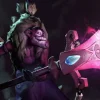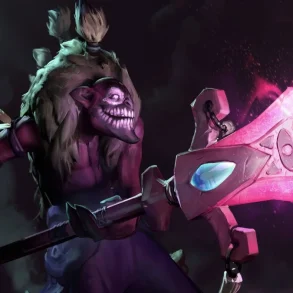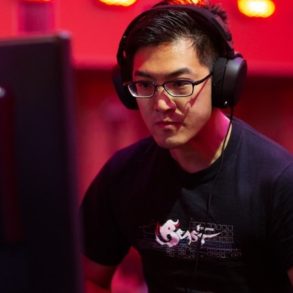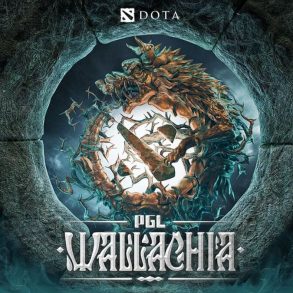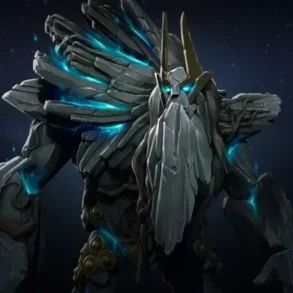Mastering the mid game in Dota 2 poses a considerable challenge, as this phase is pivotal and can be tumultuous. In our pursuit of victory, understanding how to navigate the mid game efficiently becomes crucial.
Assuming you’ve heeded our advice on triumphing in the early game, positioning yourself favorably for the mid game is commendable. However, the execution is often more demanding than the theory suggests.
For those unfamiliar with Dota 2 dynamics, adapting to the mid game can be perplexing. Hence, let’s delve into strategies for securing victory during this phase, recognizing the distinct tasks assigned to each role—support, mid-lane, offlane, and carry.
The Dota 2 Mid Game materializes once the laning stage concludes, and both teams’ heroes commence rotating across the map to secure objectives.
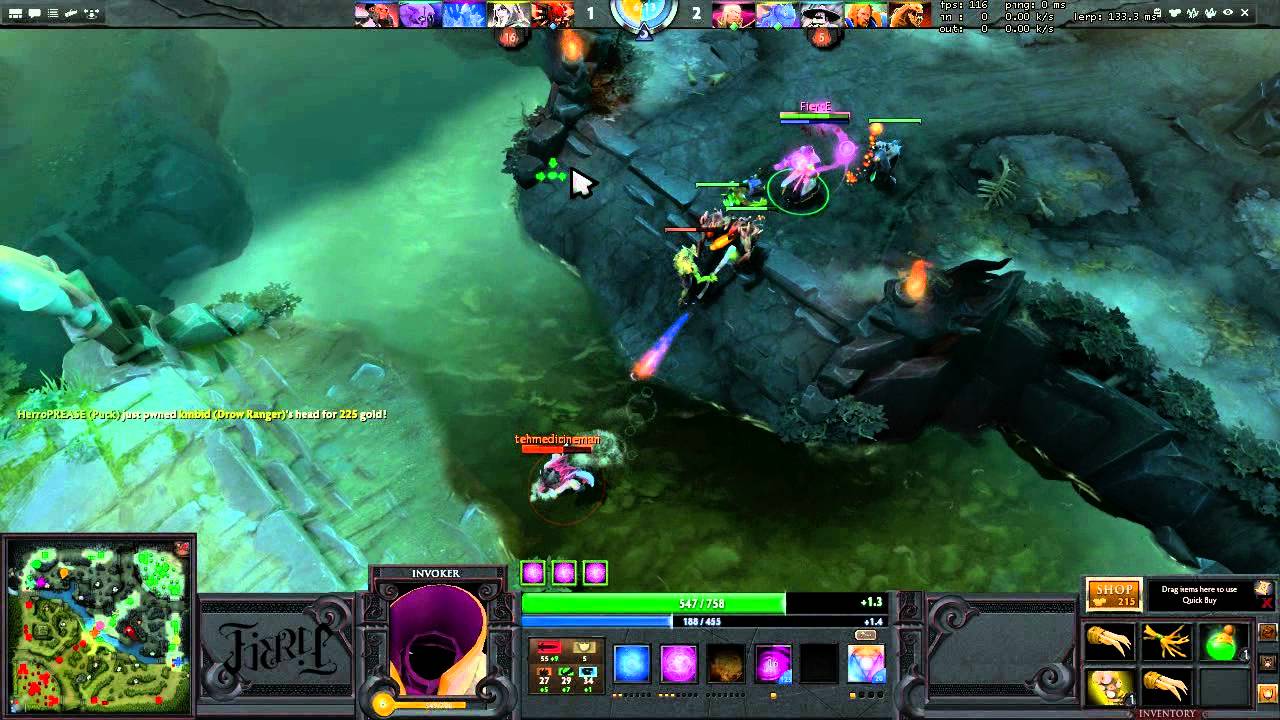
Typically unfolding between 15-20 minutes and extending up to 30 or 40 minutes, the mid game witnesses pivotal events such as the first Roshan kill, acquisition of significant items, tower demolitions, and more.
Winning the mid game in Dota 2 is not a one-size-fits-all endeavor; each match presents unique challenges. Nonetheless, every role carries specific responsibilities during this stage.
Supports, while less pivotal than in the early game, must time their abilities effectively, avoid unnecessary deaths, and strive to obtain at least one substantial item, like Force Staff, Blink Dagger, or Eul’s.
Offlaners, having weathered the challenging laning stage, become crucial contributors in the mid game. Their tasks include setting up kills, pushing with the team, and initiating team fights. Heroes like Batrider, with kill-setup abilities, or “aura carriers” like Underlord and Dark Seer, contributing to team pushes, exemplify offlaners’ diverse roles.
Mid-lane heroes hold a pivotal position, often acting as the team’s second carry. Their objectives include securing kills, participating in team fights, maximizing farms, avoiding unnecessary deaths, and focusing on the right targets.
Carries in the Dota 2 mid-game face diverse roles based on their hero strengths. Some focus on team fights and objectives, while others prioritize farming and split-pushing. Heroes like Spectre can balance both farming and fighting while split-pushing specialists like Anti-Mage pressure the enemy team when circumstances permit.
To succeed in the mid game, teams should aim to secure objectives while thwarting opponents’ attempts. Team coordination is essential for success. Additionally, assessing risks becomes crucial—avoid unnecessary team fights and move cautiously in areas lacking vision, as every death carries significant consequences.
Tailoring item choices based on team compositions and countering opponents becomes imperative in the mid game. Items like Abyssal Blade, effective against elusive heroes, can turn the tide in critical engagements.
Zlosterr, an esports enthusiast with a focus on Dota 2, boasts over five years of experience crafting Dota 2 content. His expertise extends beyond fandom, as he has actively participated in amateur teams, contributing to the game’s community.
